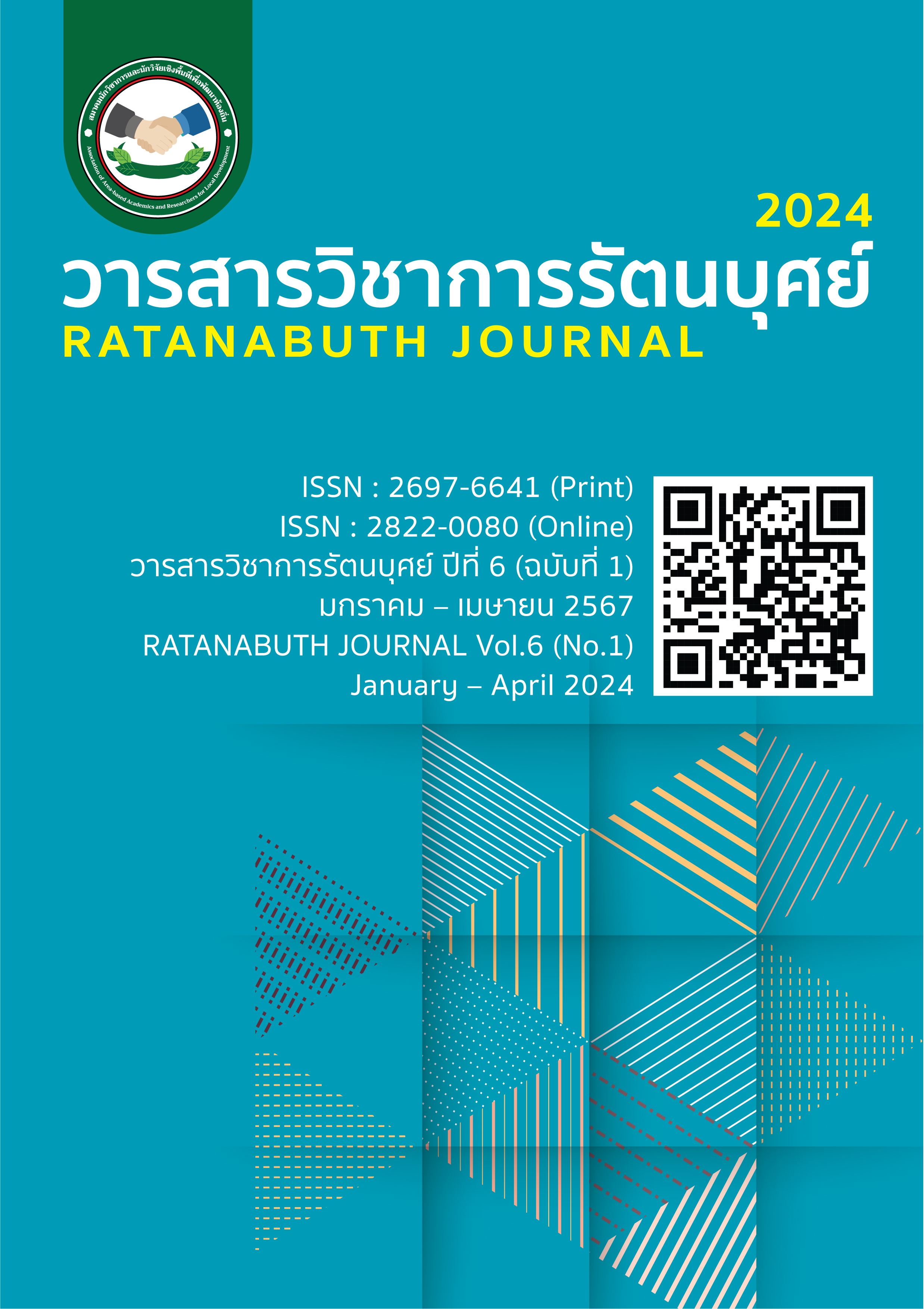Arcade Architecture Naning City by Intervening in Public Art to Create a Sustainable Landscape Development Strategy Arcade Architecture Naning City by Intervening in Public Art to Create a Sustainable Landscape Development Strategy
Main Article Content
Abstract
This study investigates the importance of integrating public art into the sustainable development of historical and cultural arcade areas in Nanning City, Guangxi Province. The study found that public art enhances cultural value and History of the area which will help in sustainable development by using public art intervention methods. To revive the region's landscape, history and culture. Improve citizens' orientation and knowledge of their identities towards these areas. which can effectively deal with the identity crisis prevalent in today's urban landscape. And this study will create a systematic and collaborative intervention strategy through the analysis of practice cases. The study concluded that public art intervention It serves as a contemporary representation of the spiritual essence of the place. It plays an important role in enhancing the landscape of the historical and cultural arcade area in Nanning. and effective inheritance of culture in the region Achieve sustainable development in renewing the historical and cultural arcade region of Nanning City.
Article Details

This work is licensed under a Creative Commons Attribution-NonCommercial-NoDerivatives 4.0 International License.
References
Guo, H. (2016). Research on the Current Situation and Trends of Revitalization of Historic Cultural Districts in China. Master's thesis, Beijing Institute of Technology.
Ling L., (2018). Research on the Origin, Development, and Spread of Qilou in Nanning, Guangxi.
Lin, L., Chen, Y., (2006). A Review of Research on Qilou Architecture at Home and Abroad. Building Science, 22(5), 119-125.
Pan, J. (2019). Discussion on the Renovation Methods of the “Three Streets and Two Alleys” Historic Districts in Nanning. Urban Observation, (04),108-116.
Sun, Z. (2003). Public Art. Nanjing: Jiangsu Fine Arts Publishing House.p20.
Tashiro, H. (1992). A Study of Thirteen Foreign Pavilions in Guangzhou, Overview of Modern Chinese Architecture - Guangzhou Volume. Beijing: China Architecture and Building. p17.
Wang, Zhong. (2014). An Introduction to Urban Public Art. Beijing: Peking University. p30.
Weng, J. (2013). Urban Public Art. Nanjing: Southeast University. p25.
Xi, J. (2022). Report on the 20th National Congress of the Communist Party of China. Beijing: Great Hall of the People. p 17.
Yin, Y. (2015). The Creation of Place Spirit in Urban Design. Master's thesis, Taiyuan University of Technology. p 19-21.
Zhang, W. (2016). Discussion on the Protection and Construction of Jinshi Alley in Nanning from the Perspective of “Organic Renewal” towards the National Historic and Cultural City. Journal of the Communist Party School of Nanning Municipal Committee of the CPC, 18(05),46-50.


